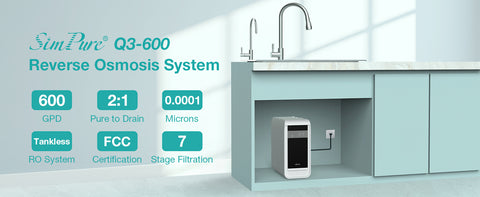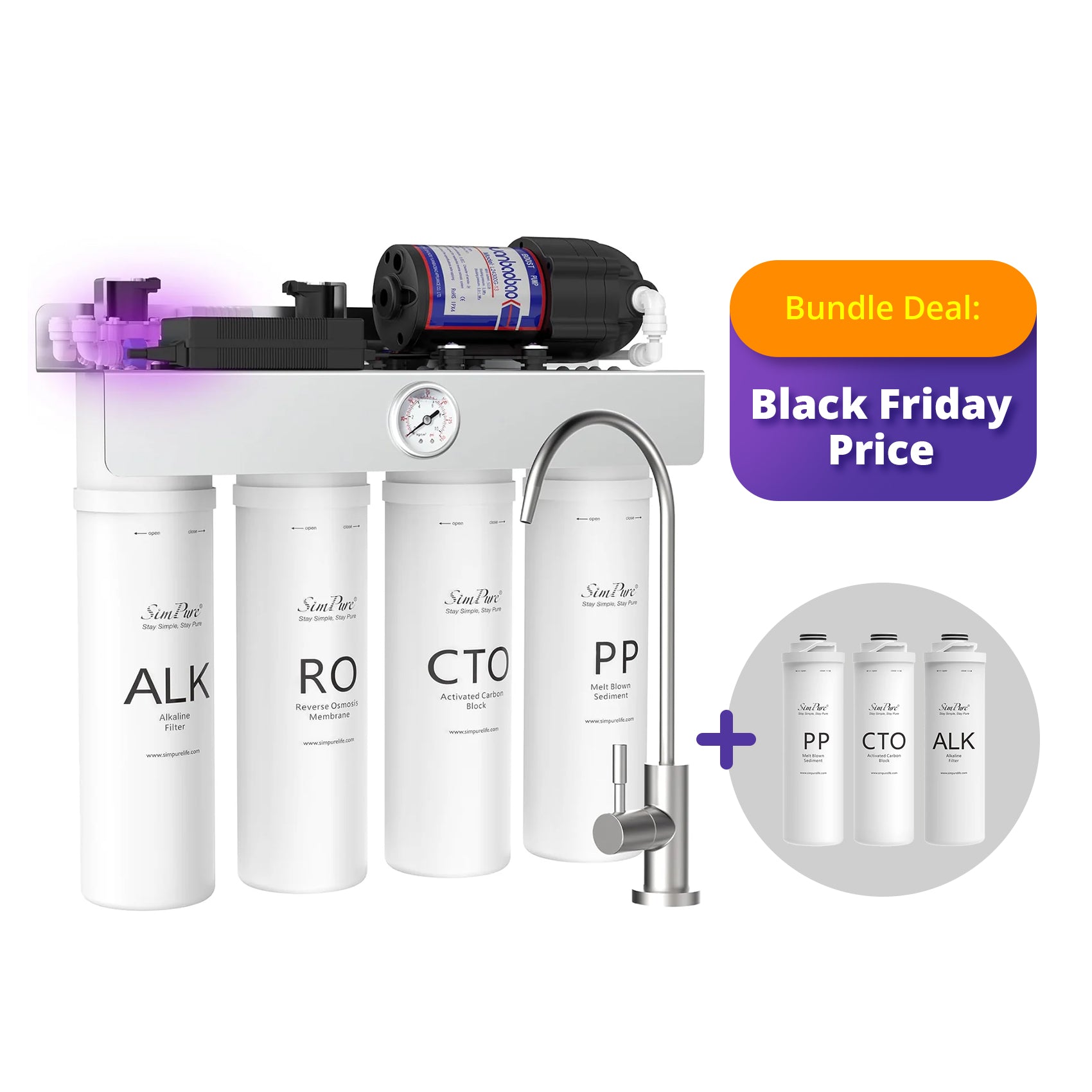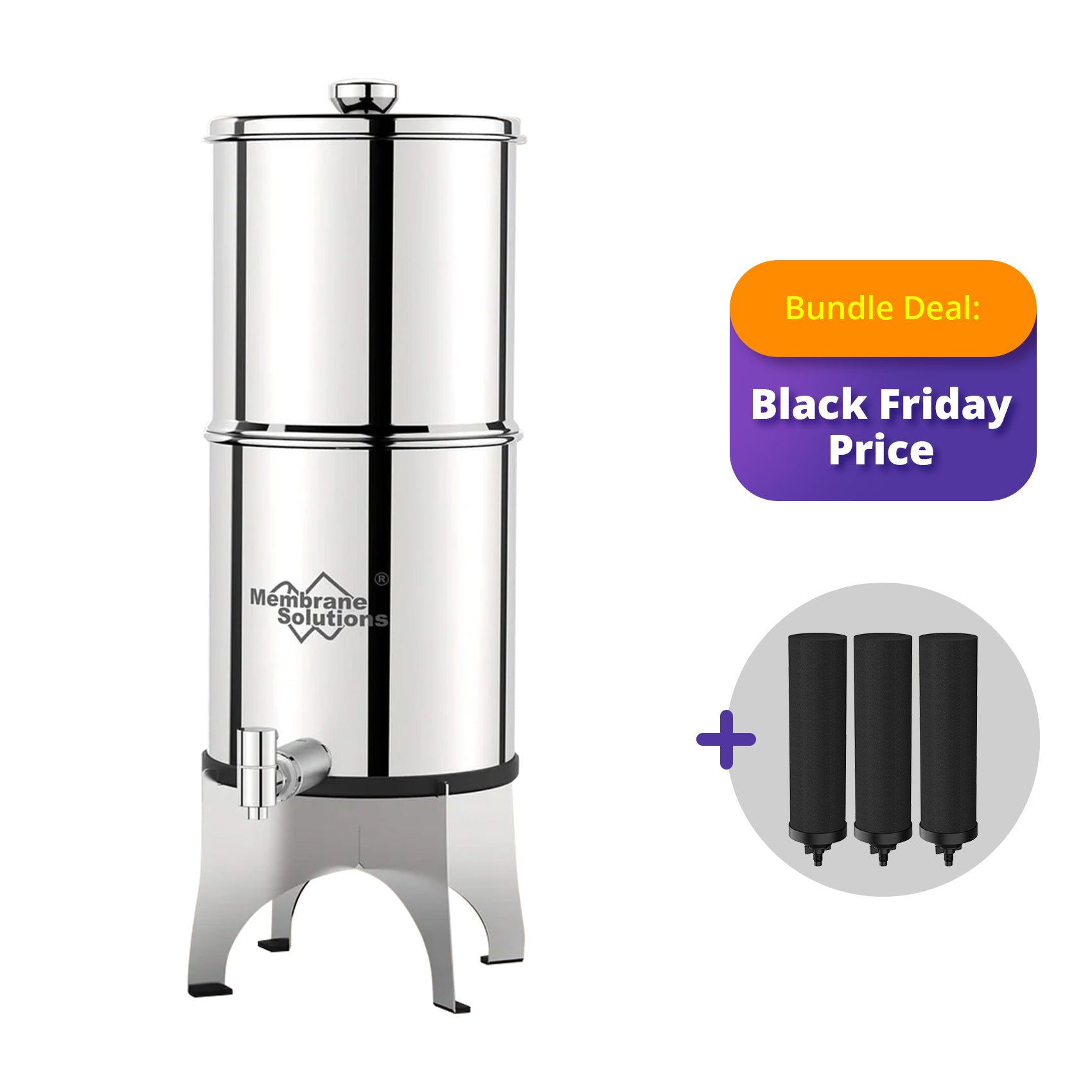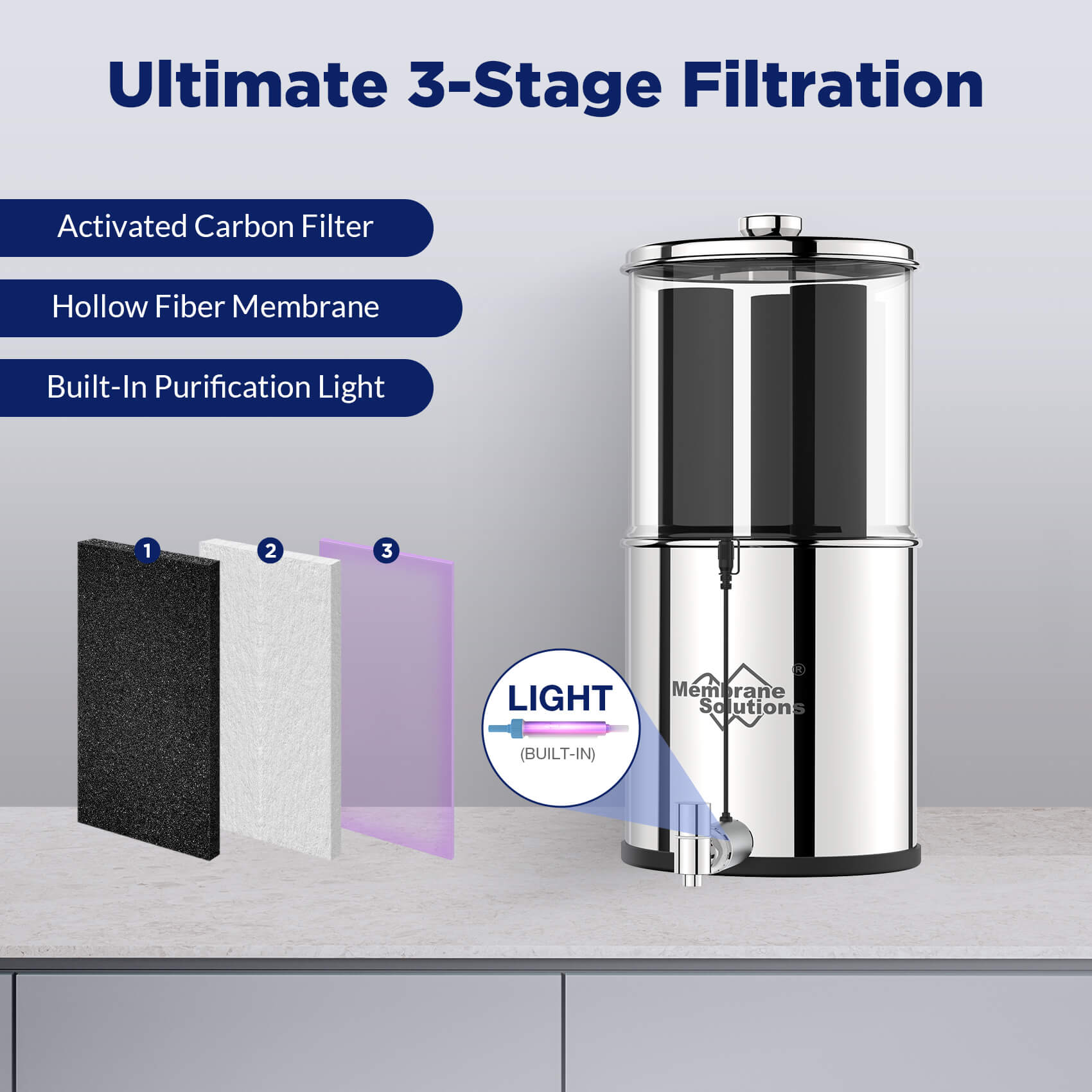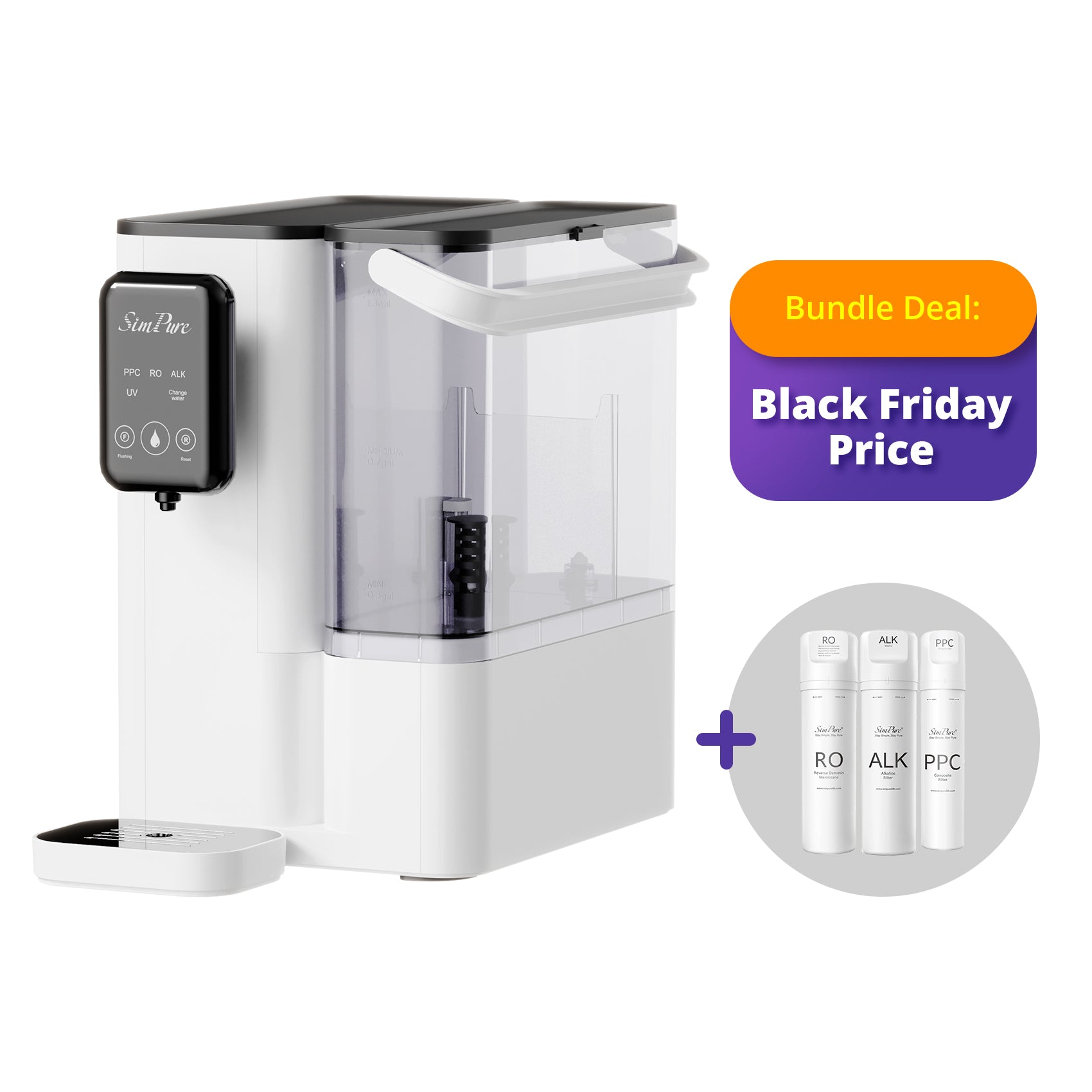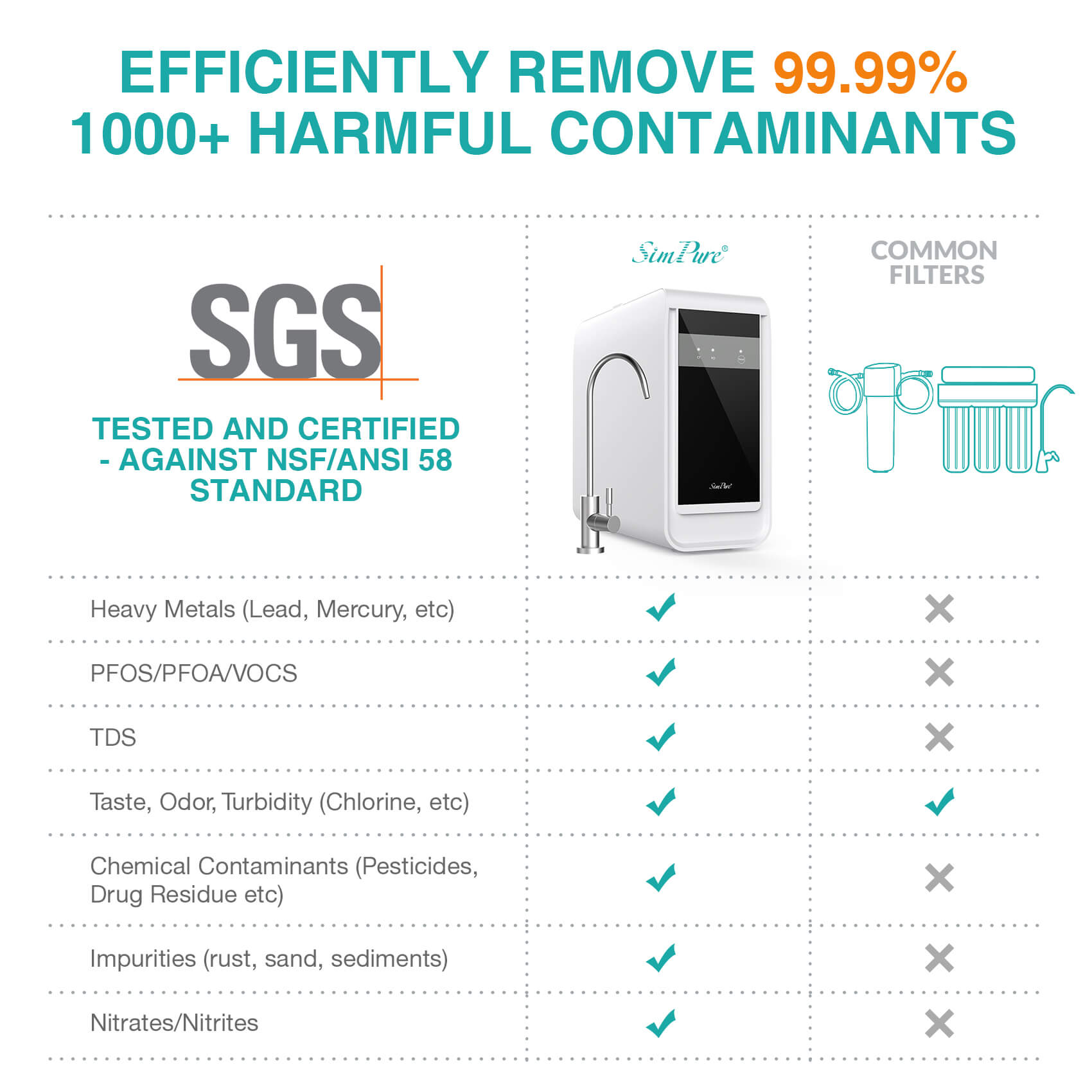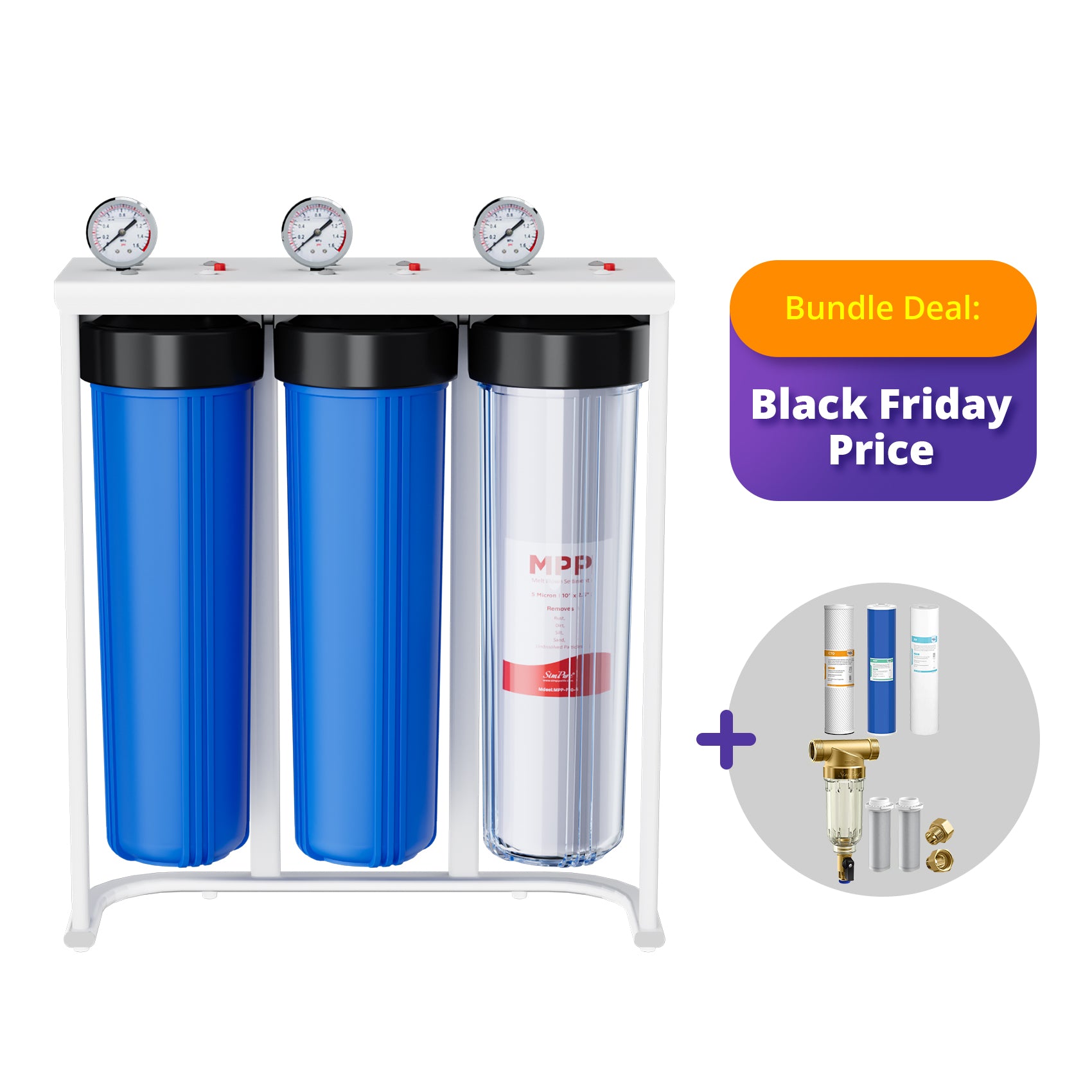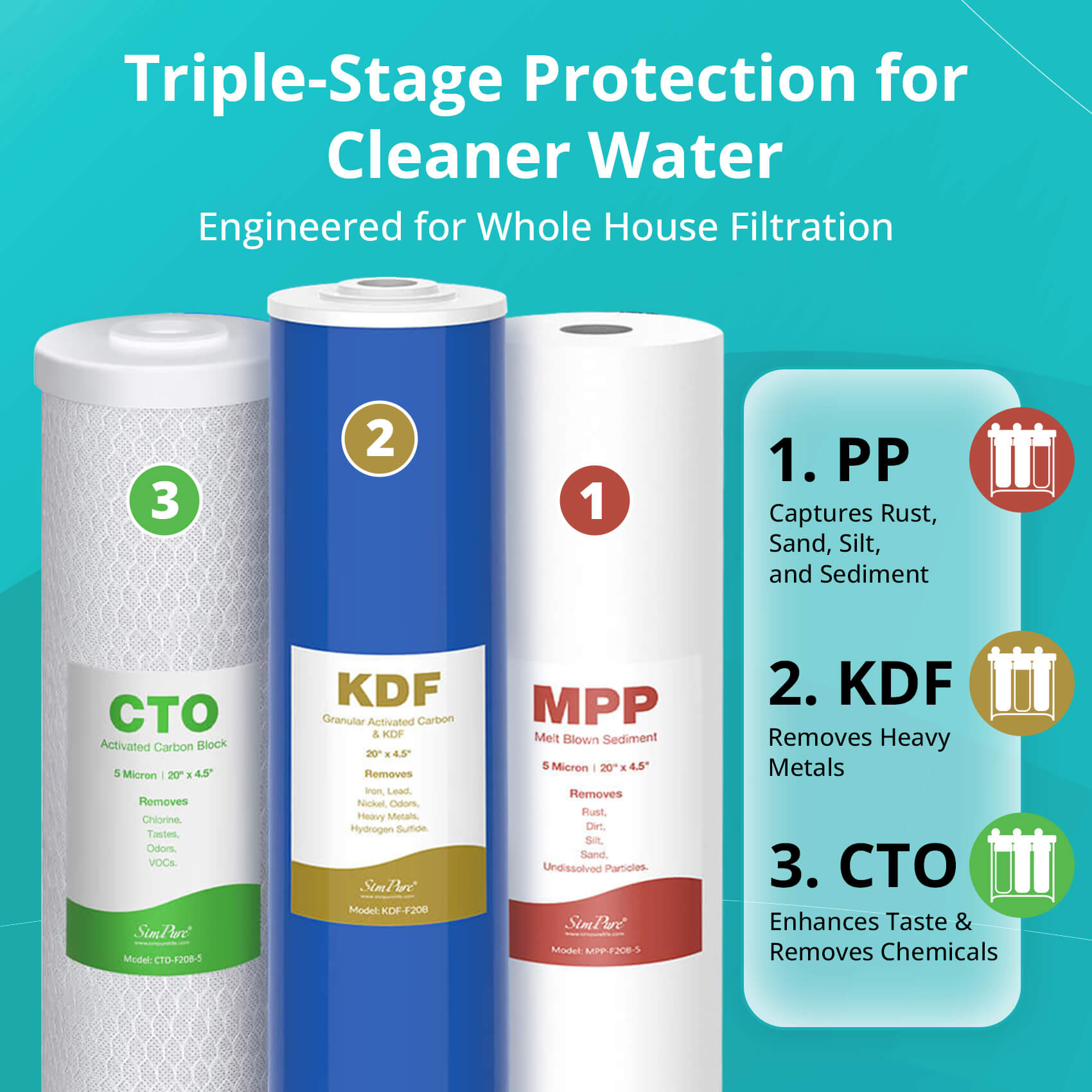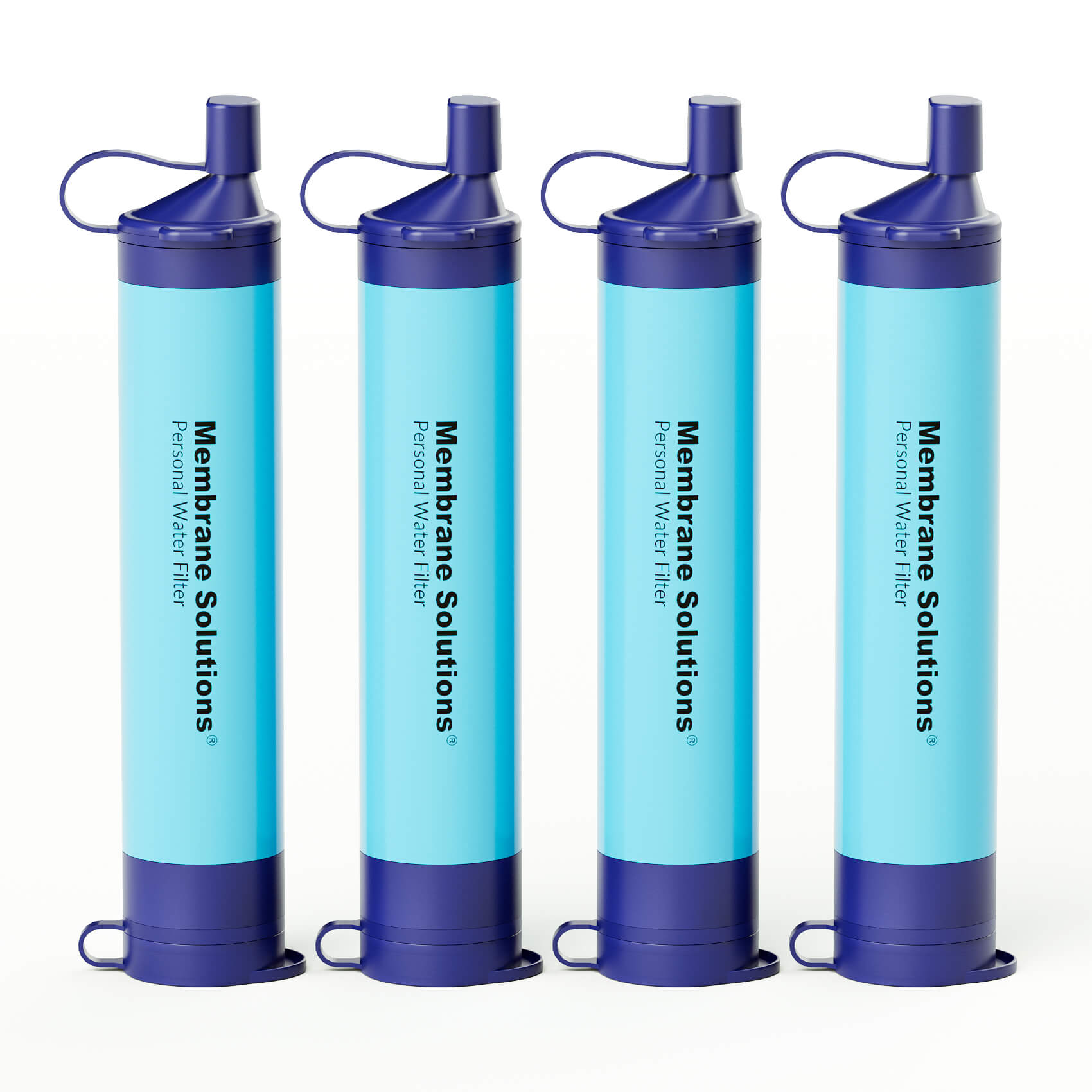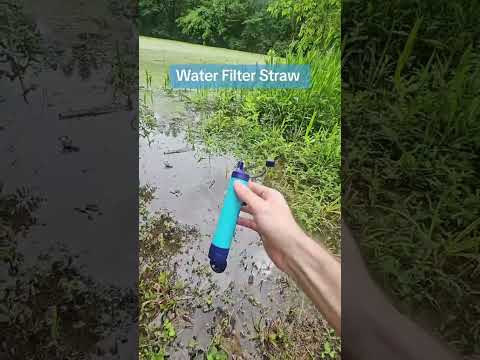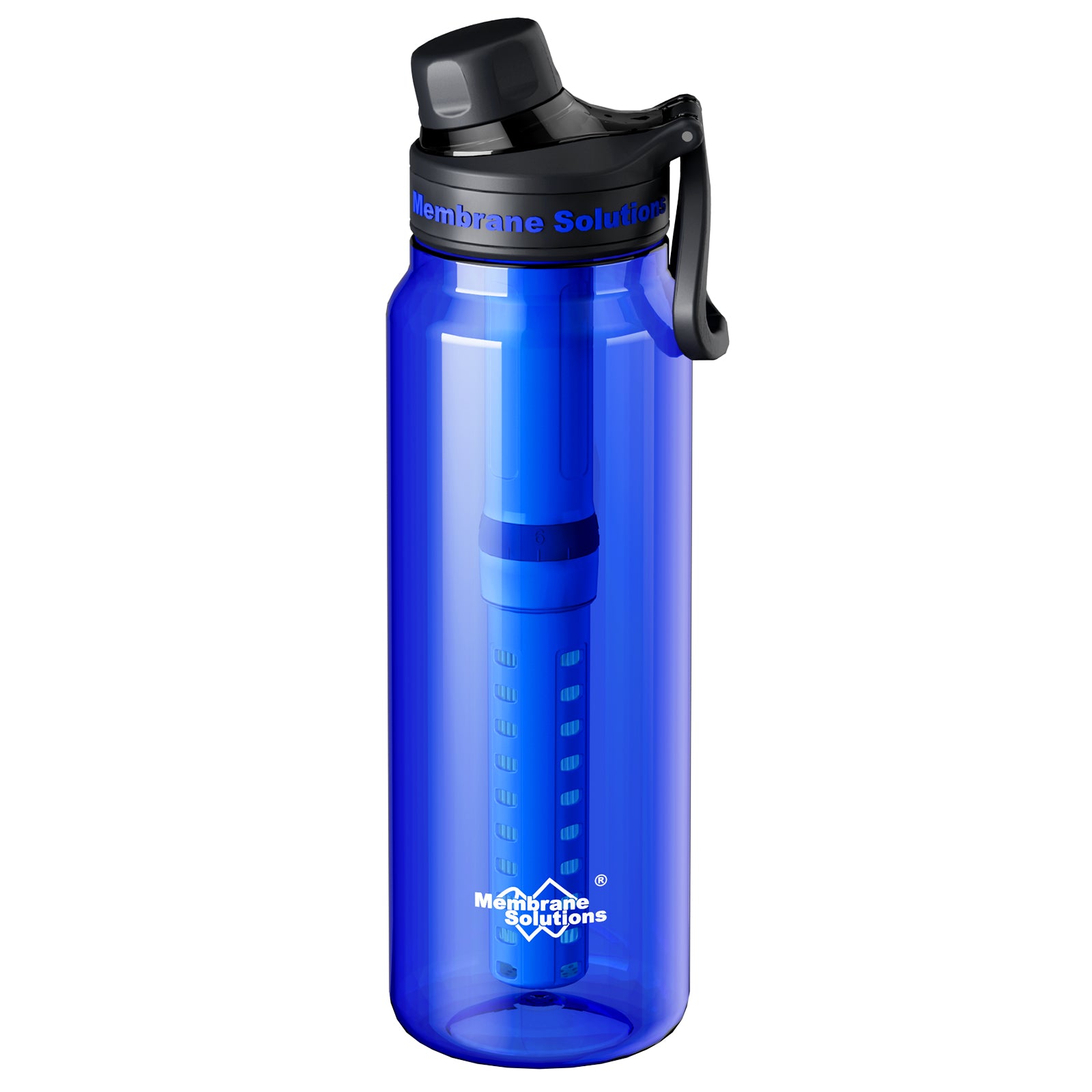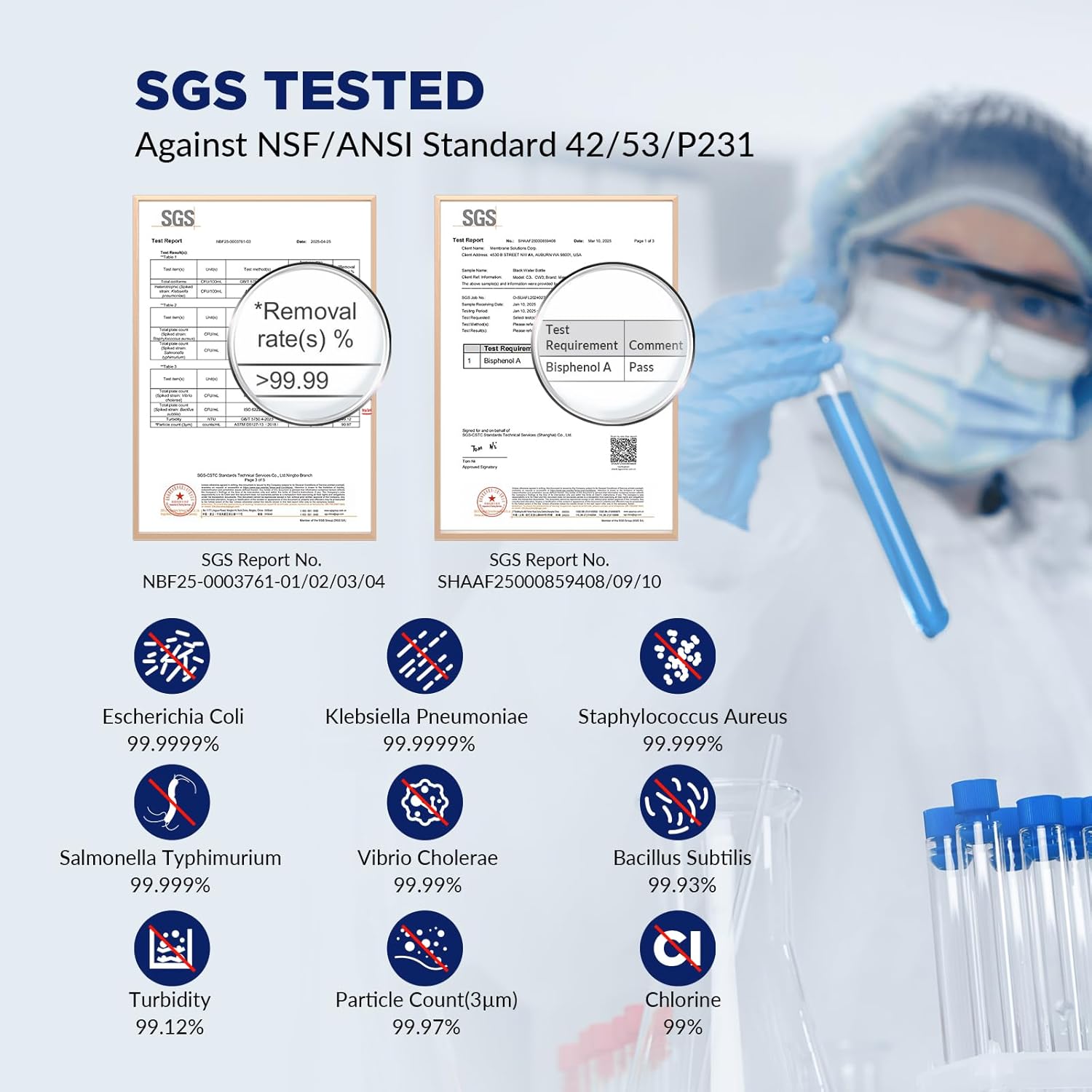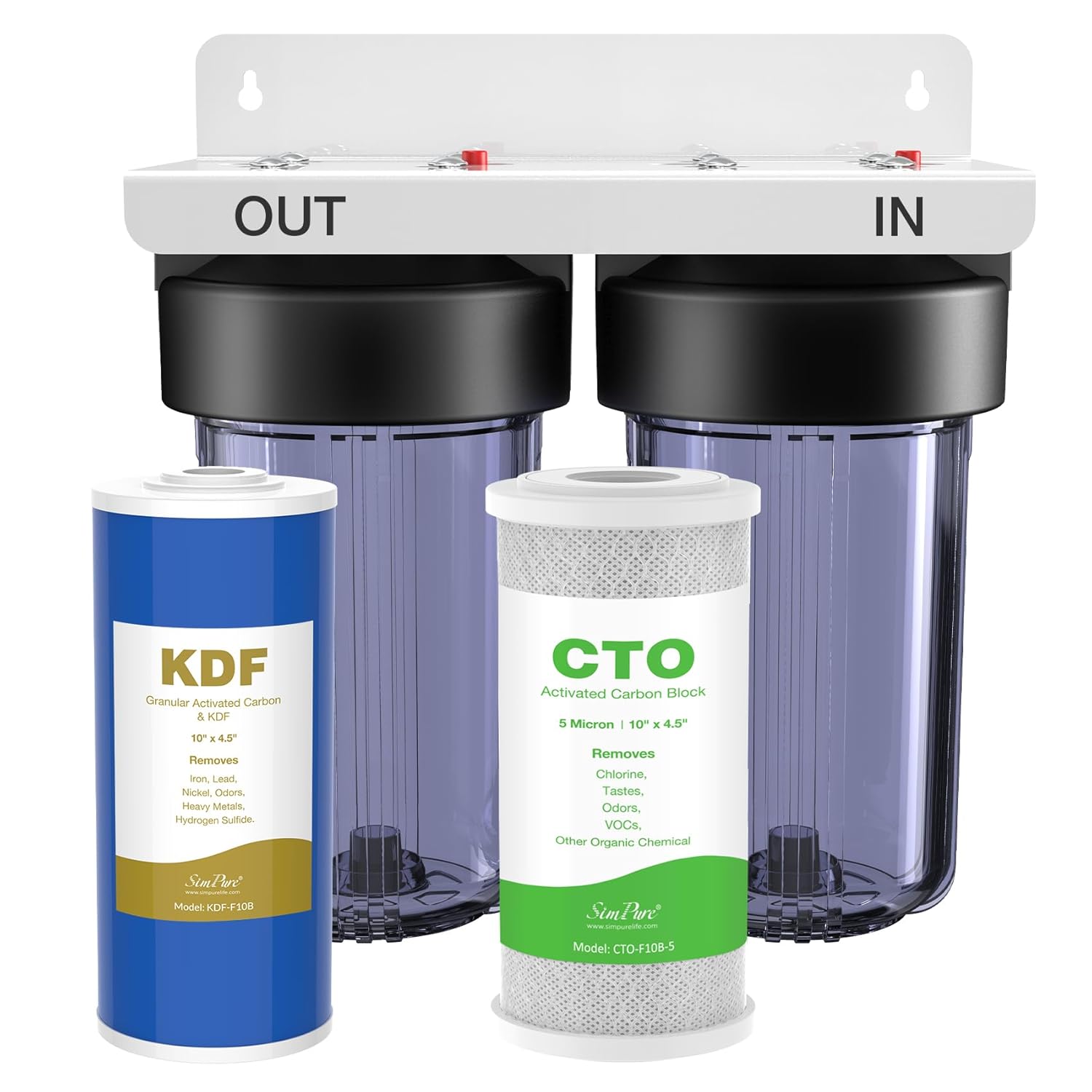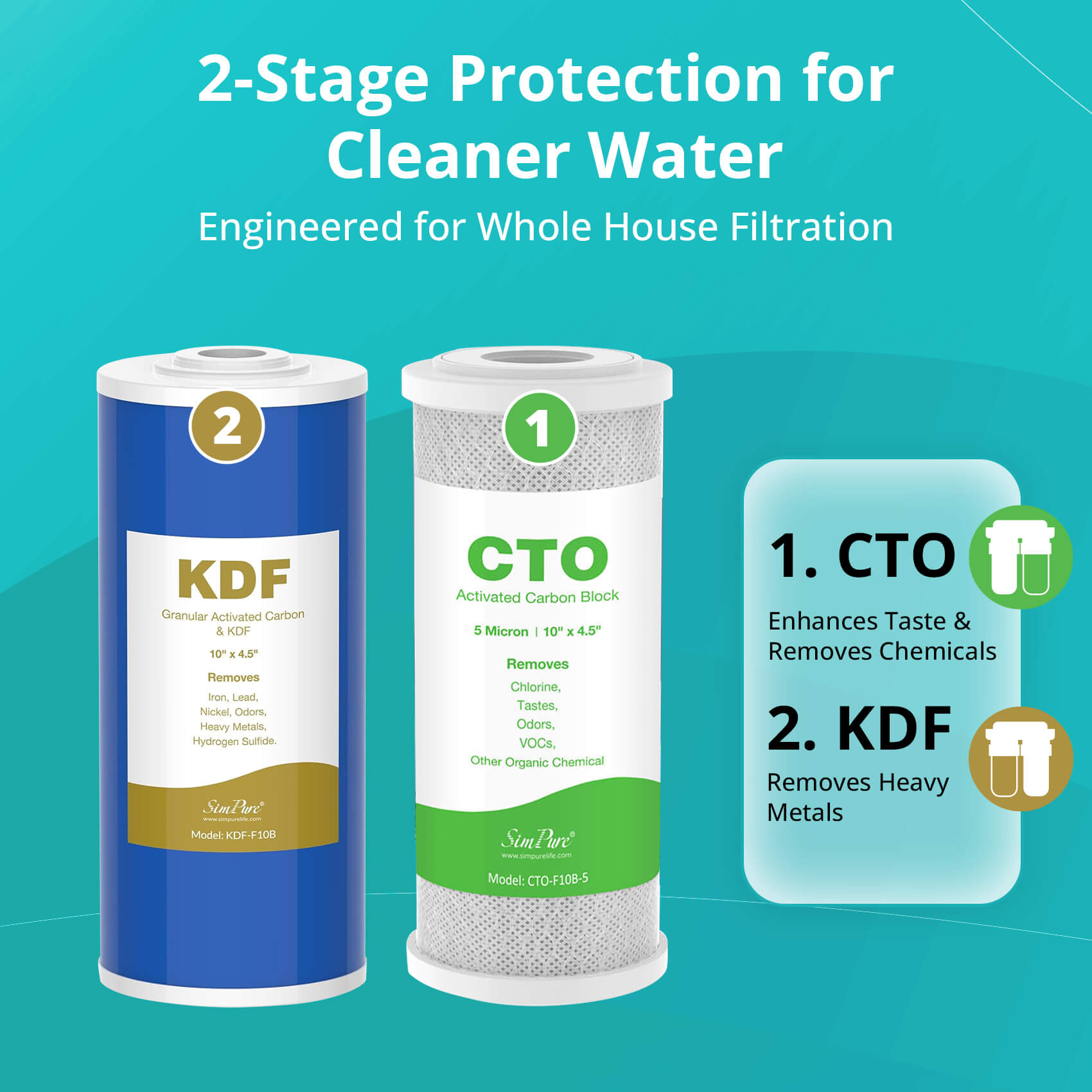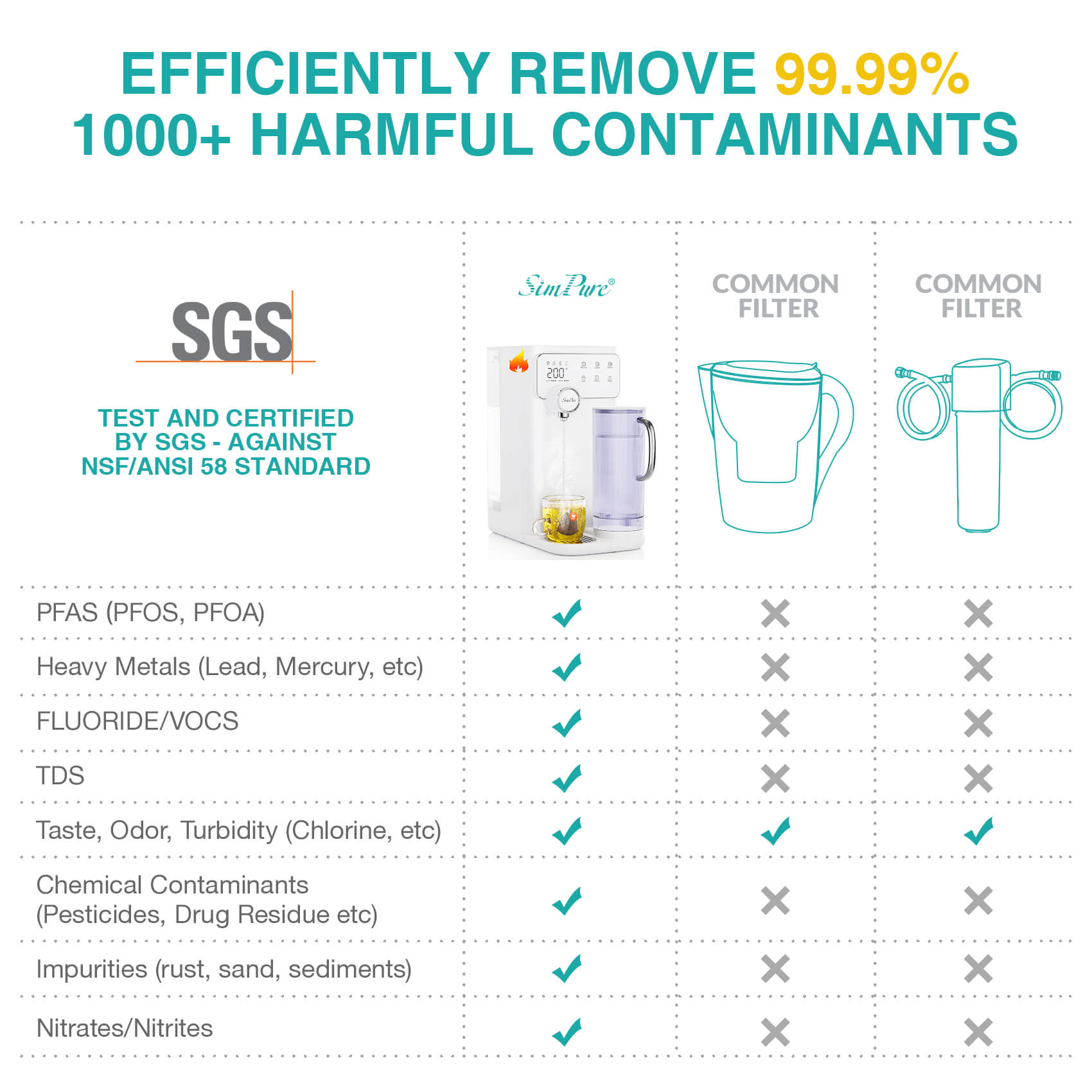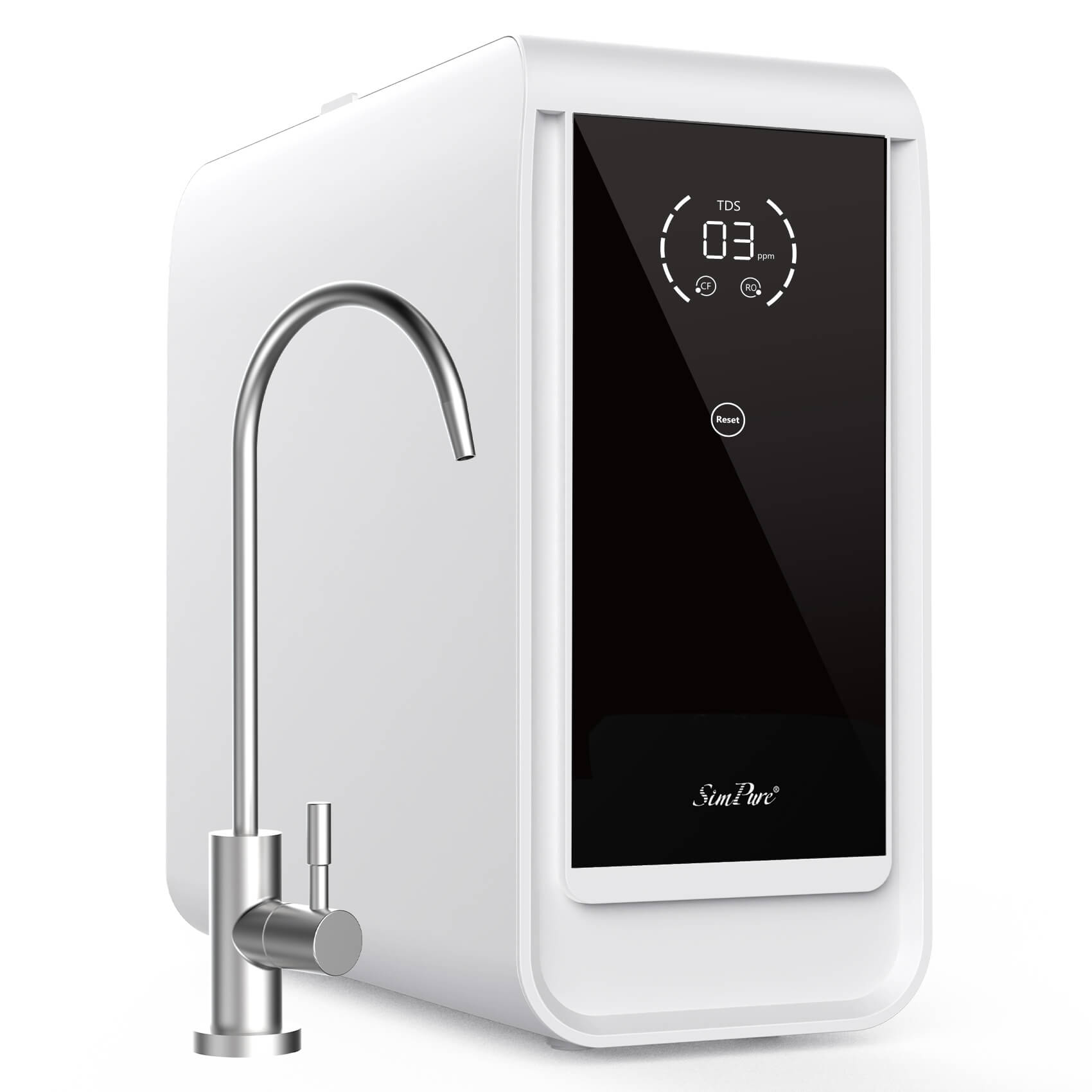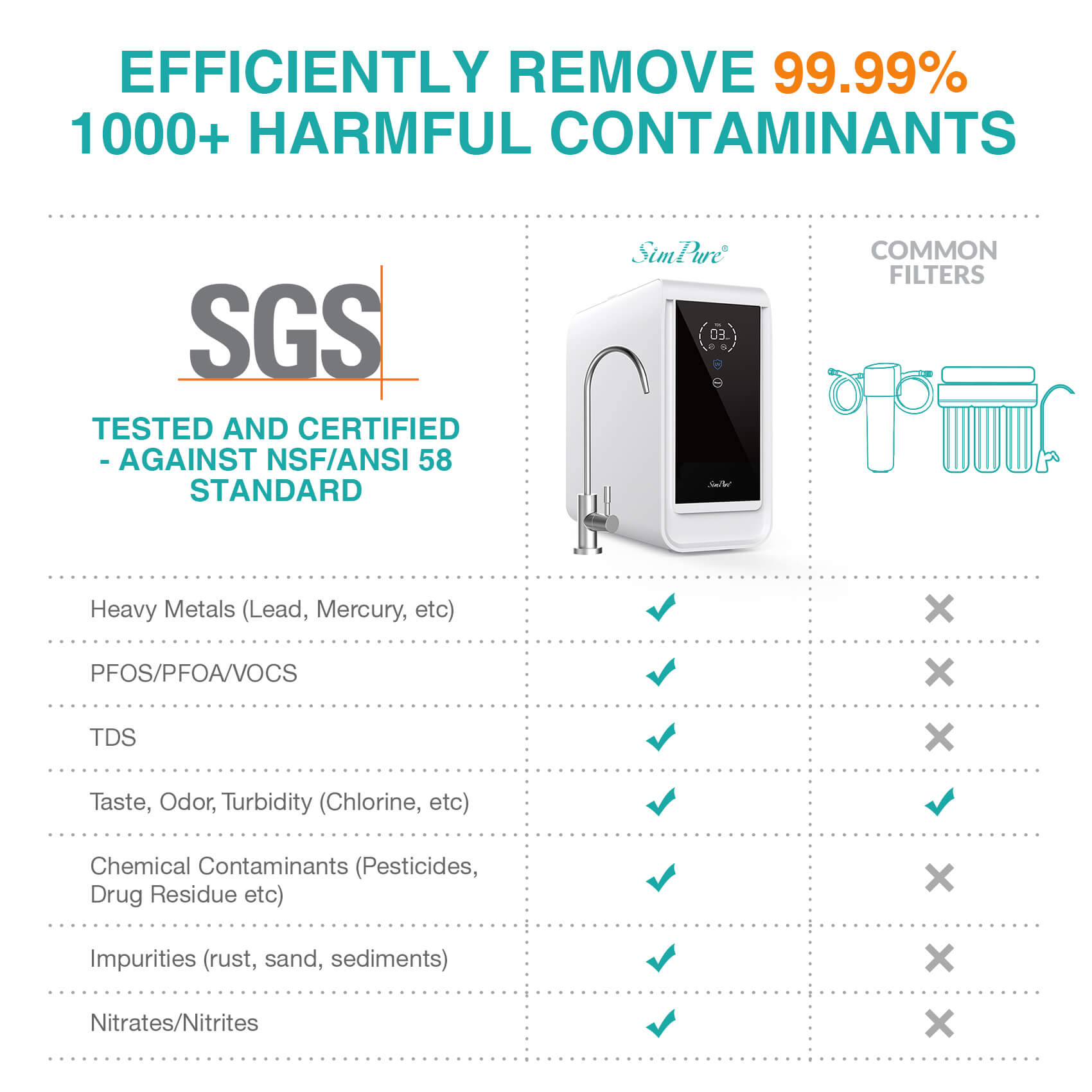Ultrafiltration is a powerful separation technology widely recognized for its versatility and effectiveness in everything from water treatment to pharmaceuticals. With its ability to selectively separate substances based on molecular size and shape, ultrafiltration has become an important tool in many industries seeking to separate and purify liquids or solutions. The purpose of this article is to provide a comprehensive overview of what is ultrafiltration, where it can be used, and what does ultrafiltration remove.
What Is Ultrafiltration?

What do you mean by ultrafiltration?---Ultrafiltration is a physical separation technique used to separate solutes and solvents from liquids. It is a method of filtering molecules or ions between a solute and a solvent by using a semipermeable membrane. And then what is ultrafiltration process? The UF membrane has specific pore sizes that only allow small molecules to pass, preventing larger molecules from passing through. During the UF process, molecules are sorted based on size, with larger ones remaining on the membrane, while smaller ones are allowed to pass through into the solution.
In different fields, the specific application and significance of UF may be slightly different. Below is a brief explanation of UF in biology, chemistry, and water purifiers.
-What Is Ultrafiltration in Biology?
In biology, ultrafiltration is a method of separating liquids into molecular weights by a physical process. Specifically, ultrafiltration is to pass the mixture through a filter with a specific pore size, so that large molecules cannot pass through the filter and are left in the upper layer, while smaller molecules can pass through the filter and are left in the lower layer. a technique. The principle of ultrafiltration is based on the relationship between the filter pore size and molecular weight. Usually, the ultrafilter has a pore size between 0.1 micron and 1 micron, which can filter out most of the macromolecules such as proteins, cells, and cell debris, while smaller molecules, such as small molecule drugs, ions, etc., can pass through ultrafilter.
Ultrafiltration technology is widely used in biochemistry, bioengineering, separation and purification, etc., for example, for separating and concentrating proteins, DNA, RNA, cell culture media, etc.
-What Is Ultrafiltration in Chemistry?
In chemistry, ultrafiltration is a method of separating a solute and a solvent in a liquid by a physical process. Specifically, UF is performed by passing the mixture through a filter with a specific pore size so that large molecules cannot pass through the filter and are retained in the upper layer, while smaller molecules can pass through the filter and are retained in the lower layer of a technique.
Ultrafiltration technology is widely used in the field of chemistry, such as separation and concentration of biological macromolecules, such as protein, DNA, RNA, etc.; purification of organic matter and polymer materials; treatment of wastewater and sewage; preparation of colloids and polymer materials, etc.
-What Is UF Filter in Water Purifier?
UF filter stands for ultrafiltration filter, which is a type of water filtration technology that uses a semi-permeable membrane to remove particles and molecules from water. What is the use of the UF filter element in the water purifier? The UF filter element is usually the first filter in the water purifier and the first step in purifying water. Its main function is to remove suspended particles, bacteria, viruses and other microorganisms and macromolecular impurities in water, such as sand, soil, rust, etc. These substances will not only affect the taste and appearance of water, but may also pose a potential threat to human health. By using ultrafiltration elements, these impurities and microorganisms can be effectively removed, thereby improving water quality and hygiene safety.
What Does Ultrafiltration Remove?
Ultrafiltration is a membrane separation technique that removes a range of substances of different sizes and properties dissolved in water or other solutions through the use of membranes with a pore size between 0.001 and 0.1 microns. It is widely used in various water treatment applications including drinking water treatment, wastewater treatment and industrial water treatment. Here are some common substances that ultrafiltration can remove:
1. Suspended Solids: UF can remove suspended particles in water, such as sand, silt and clay. These suspended solids are usually larger than the pore size of the filter membrane, so they are retained by the filter membrane on the filtrate side.
2. Bacteria and Viruses: Due to the small pore size of the ultrafiltration membrane, bacteria and viruses in water can usually be removed, thus providing a certain effect of sterilization and virus removal.
3. High Molecular Compounds: such as proteins, polysaccharides, organic matter, etc. These high molecular compounds are usually larger than the pore size of the UF membrane, so they can be intercepted by the ultrafiltration membrane.
4. Certain Ions: UF also has a certain ability to remove certain ions, such as heavy metal ions, iron and manganese ions, etc.
5. Certain Organic Substances: According to their molecular size and properties, some organic substances can also be removed by ultrafiltration membranes, such as some organic solvents, certain organic acids, etc.
In summary, understanding what is ultrafiltration and its application scenarios and functions can pave the way for its widespread adoption in various industries. Ultrafiltration is a powerful membrane separation technology with unparalleled ability to selectively filter substances based on molecular size and shape. In addition, this is also another more powful membrane separation technology---Reverse Osmosis. If you want to know more about it, just click here.
Related Blogs You May Also Like


